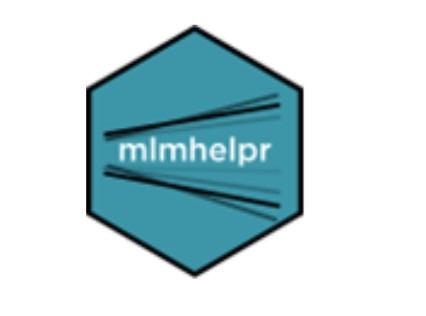Learn About our Evaluation Graduate Programs at UTK!
Learn About our Evaluation Graduate Programs at UTK!
By Jennifer Ann Morrow, Ph.D.

Hi! My name is Jennifer Ann Morrow and I’m the Program Coordinator for the Evaluation Methodology MS program and an Associate Professor in Evaluation Statistics and Methodology at the University of Tennessee-Knoxville. I have been training emerging assessment and evaluation professionals for the past 23 years. My main research areas are training emerging assessment and evaluation professionals, higher education assessment and evaluation, and college student development. My favorite classes to teach are survey research, educational assessment, program evaluation, and statistics.
Check out my LinkedIn profile: https://www.linkedin.com/in/jenniferannmorrow/
Are you interested in the field of evaluation? Do you want to earn an advanced degree in evaluation? If your answers are yes, then check out our graduate programs in evaluation here at the University of Tennessee Knoxville. We currently offer two graduate programs, a residential PhD program in Evaluation Statistics and Methodology and a distance education MS program in Evaluation Methodology. There are numerous career paths that an evaluator can take (check out our blog post on this topic!) and earning an advanced degree in evaluation will give you the needed skill sets to be successful in our field.
Information on the Evaluation Statistics and Methodology PhD program
Our PhD in Evaluation Statistics and Methodology is a 90-credit residential program that typically takes 4 years to complete (students have up to 8 years to complete their degree). The ESM program is intended for students with education, social science, psychology, economics, applied statistics, and/or related academic backgrounds seeking employment within the growing fields of applied evaluation, assessment, and statistics. While our program is residential, we offer flexibility with evening, online, and hybrid courses. Our PhD program is unique in that it offers focused competency development, theory to practice course-based field experiences, theory to practice internships targeted to student interests, highly experienced and engaged faculty, and regular access to one-on-one faculty support and guidance. Applications are due on December 1st each year (priority deadline), however applicants may still apply through April 1st with the understanding that funding and space may be limited the later that one applies. Our curriculum is listed below. If you have any questions about our ESM PhD program please contact our program coordinator, Dr. Louis Rocconi.
ESM Core Courses (15 credit hours)
Advanced ESM Core (12 credit hours)
Research Core (15 credit hours)
Applied Professional Experience (15 credit hours)
Electives (9 credit hours) selected in consultation with the major advisor
Dissertation/Research (24 credit hours)
- Students will enroll in a minimum total of 24 credit hours of dissertation at the conclusion of their coursework.
Information on the Evaluation Methodology Distance Education MS Program
Our MS in Evaluation Methodology is a 30-credit distance education program where all courses are taught asynchronously. Our program prepares professionals who are seeking to enhance their skills and develop new competencies in the rapidly growing field of evaluation methodology. The program is designed to be completed in two years (6 credits, 2 classes per semester), however students may take up to six years to complete their degree. Courses in the Evaluation Methodology program are taught by experienced professionals in the field of evaluation. Our instructors work as evaluation professionals, applied researchers, and full-time evaluation faculty, many of which have won prestigious teaching awards and routinely earn positive teaching evaluations. Applications are due by July 1st each year. Check out our curriculum listed below. If you have any questions about the EM MS program please contact our program coordinator, Dr. Jennifer Ann Morrow.
Required Courses: 27 Credit Hours
Electives: 3 Credit Hours
- Or another distance education course approved by the program coordinator
Resources:
ESM PhD and EM MS Admission information: https://cehhs.utk.edu/elps/admissions-information/
ESM PhD program information: https://cehhs.utk.edu/elps/academic-programs/evaluation/evaluation-statistics-methodology-phd/
EM MS program information: https://cehhs.utk.edu/elps/academic-programs/evaluation/evaluation-methodology-concentration-masters-in-education-online/
UTK’s MAD with Measures Blog: https://cehhs.utk.edu/elps/academic-programs/evaluation/evaluation-methodology-blog/
UTK Graduate School: https://gradschool.utk.edu/
UTK Admissions for International Students: https://gradschool.utk.edu/future-students/office-of-graduate-admissions/applying-to-graduate-school/admissions-for-international-students/
Questions about your UTK Graduate School application: https://gradschool.utk.edu/future-students/office-of-graduate-admissions/contact-graduate-admissions/
UTK Vols Online: https://volsonline.utk.edu/
Applying to graduate school: https://www.apa.org/education-career/grad/applying
How to apply to grad school: https://blog.thegradcafe.com/how-to-apply-to-grad-school/












